Produced on the occasion of Fabro, Kounellis, Merz, Paolini at the Kunsthalle Bern, 29 February–7 March, 1980. With Luciano Fabro, Jannis Kounellis, Mario Merz, Giulio Paolini and an illustration by A.R. Penck.
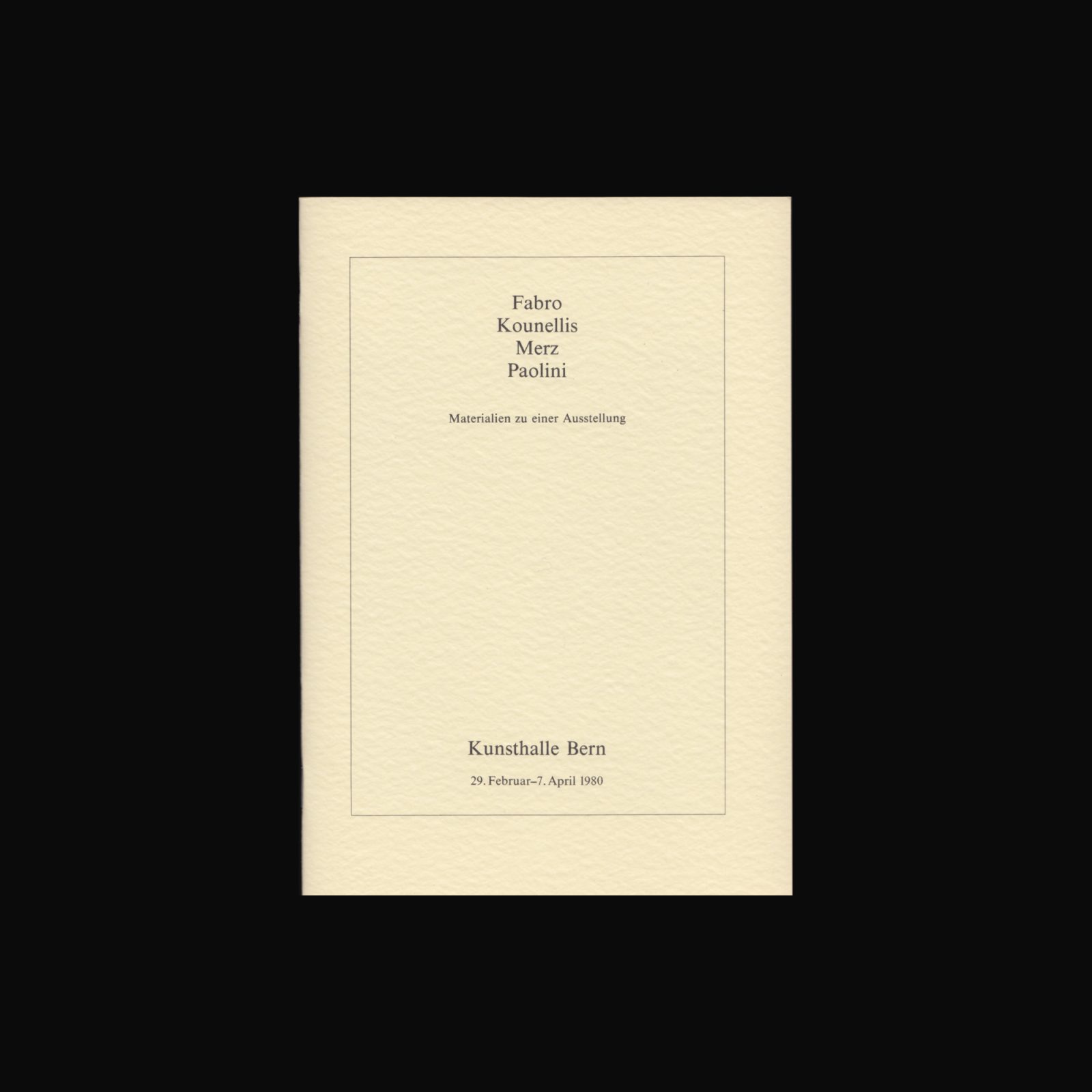

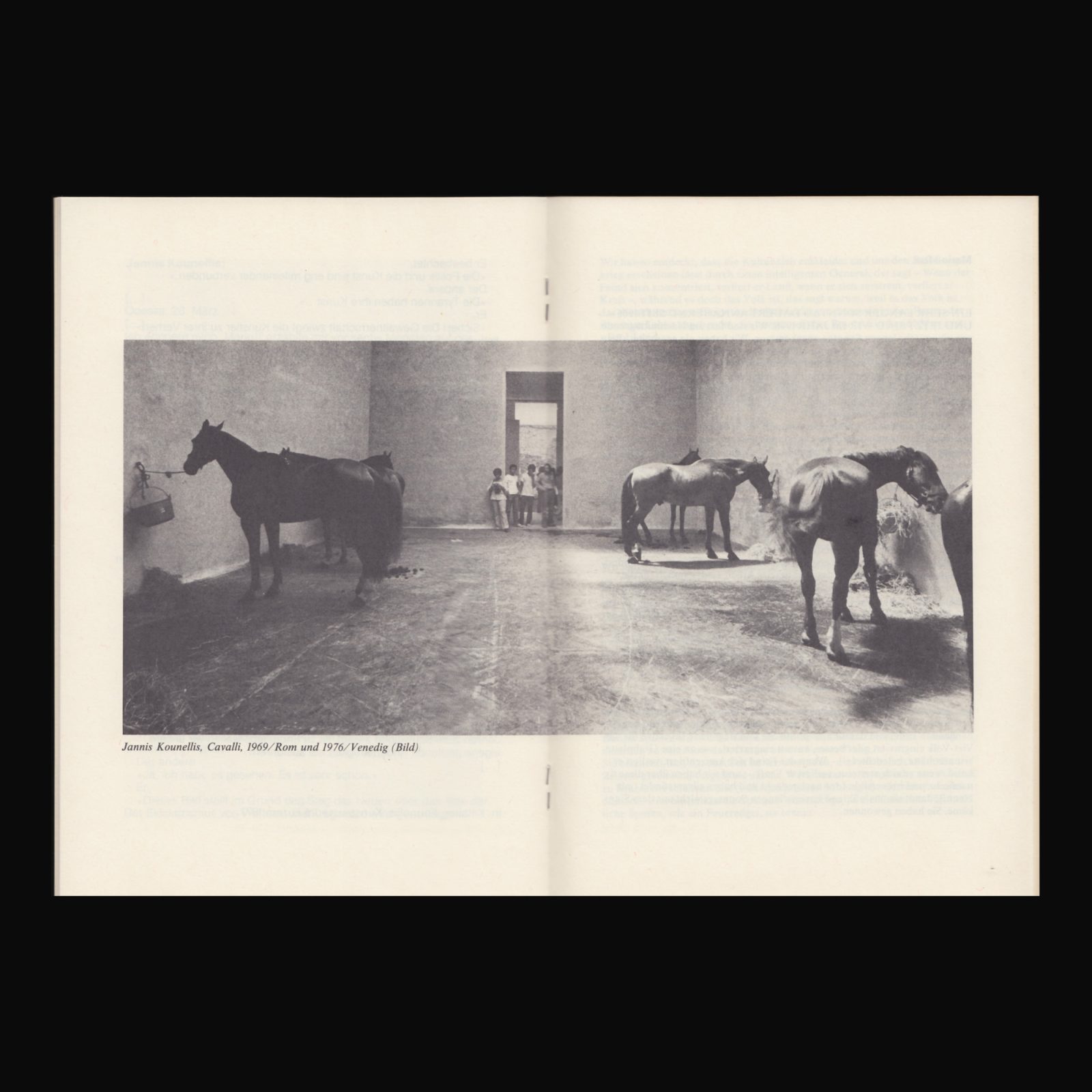
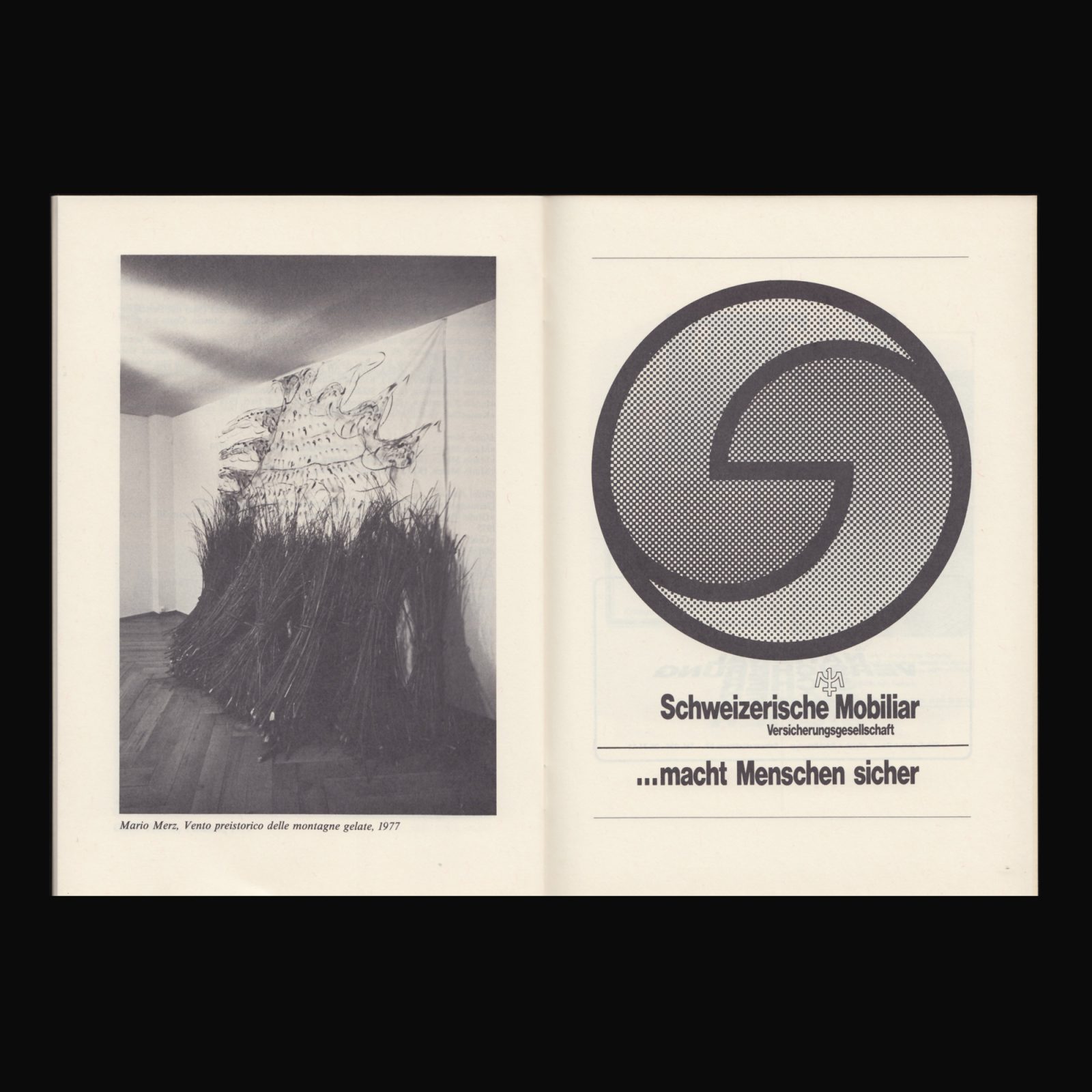
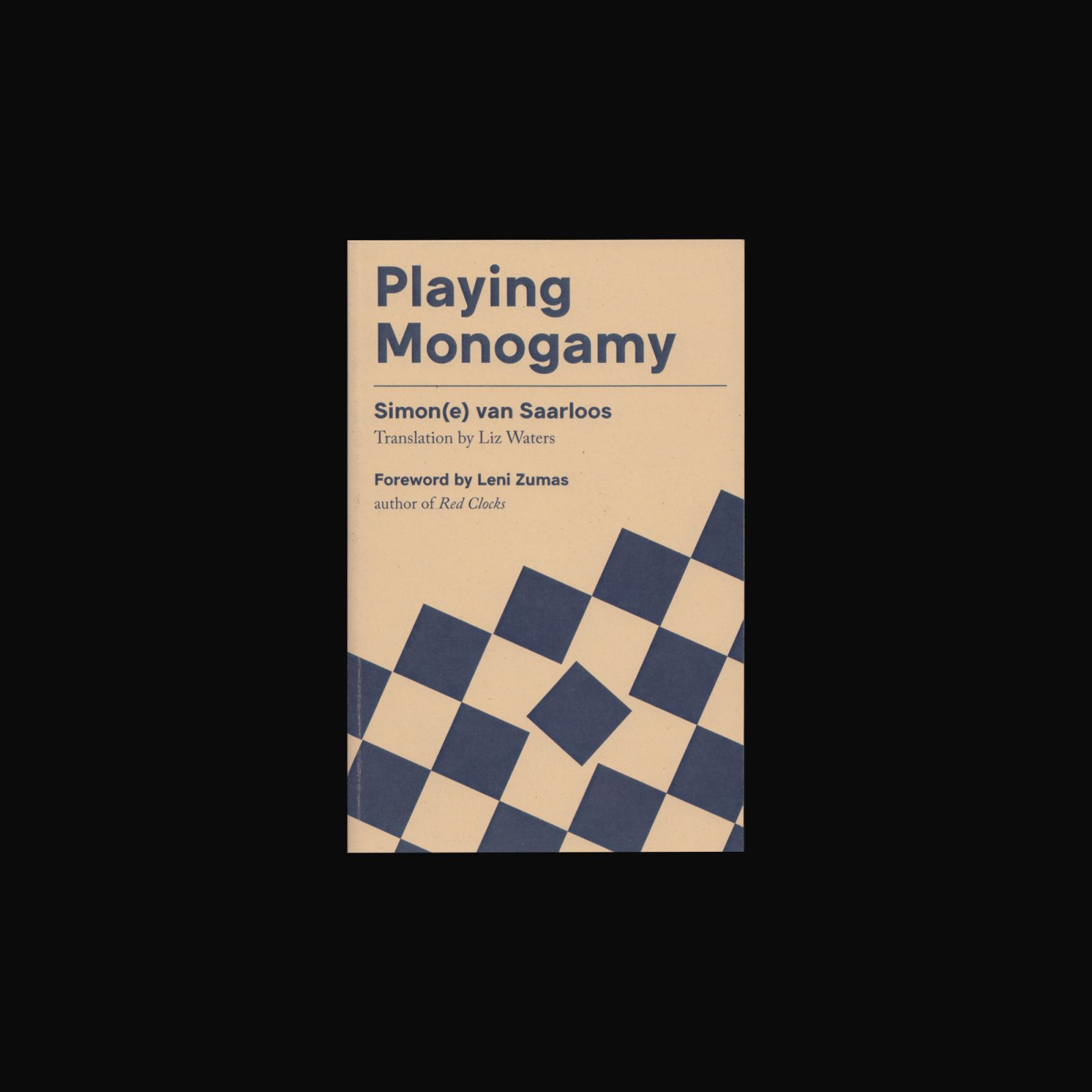


Through a contemporary rereading of the cult of monogamy, van Saarloos playfully queers the way in which the structure of monogamy is upheld through social convention within Western contexts. Written for more of a lay audience, the book proposes an expanded and polyamorous engagement with intimacy and sexuality as a possible alternative. Originally written in Dutch and published by De Bezige Bij, this new edition has been translated to English by Liz Waters.







Produced on the occasion of Michaela Meise’s exhibition Ding und Körper 30 January–29 March, 2009 at the Badischer Kunstverein, Karlsruhe.
Michaela Meise works in the formats of video, drawing, performance and sculpture. She investigates principles of sculptural and architectural arrangement, both in terms of their creative realization and in relation to their political and social contexts. Her works make reference to aspects of a Minimalist or Post-Minimalist art which she transfers onto everyday housing- and living-spaces. With this “applied Minimalism,” Meise is able to study structures of balance, movement, rhythm or design down to the smallest details, and to connect them to moments of private remembrance.—Badischer Kunstverein press release
Designed by Heimann und Schwantes.


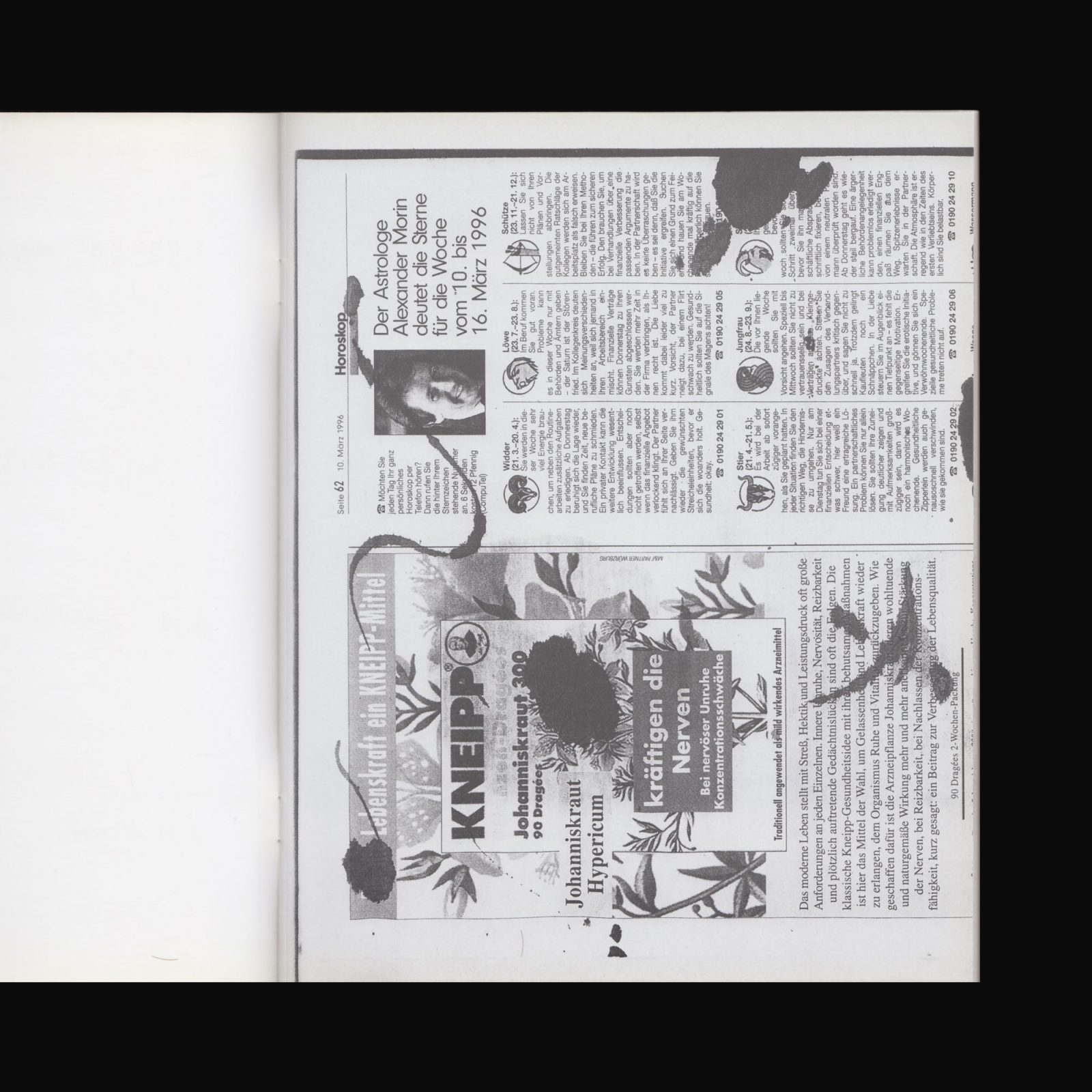
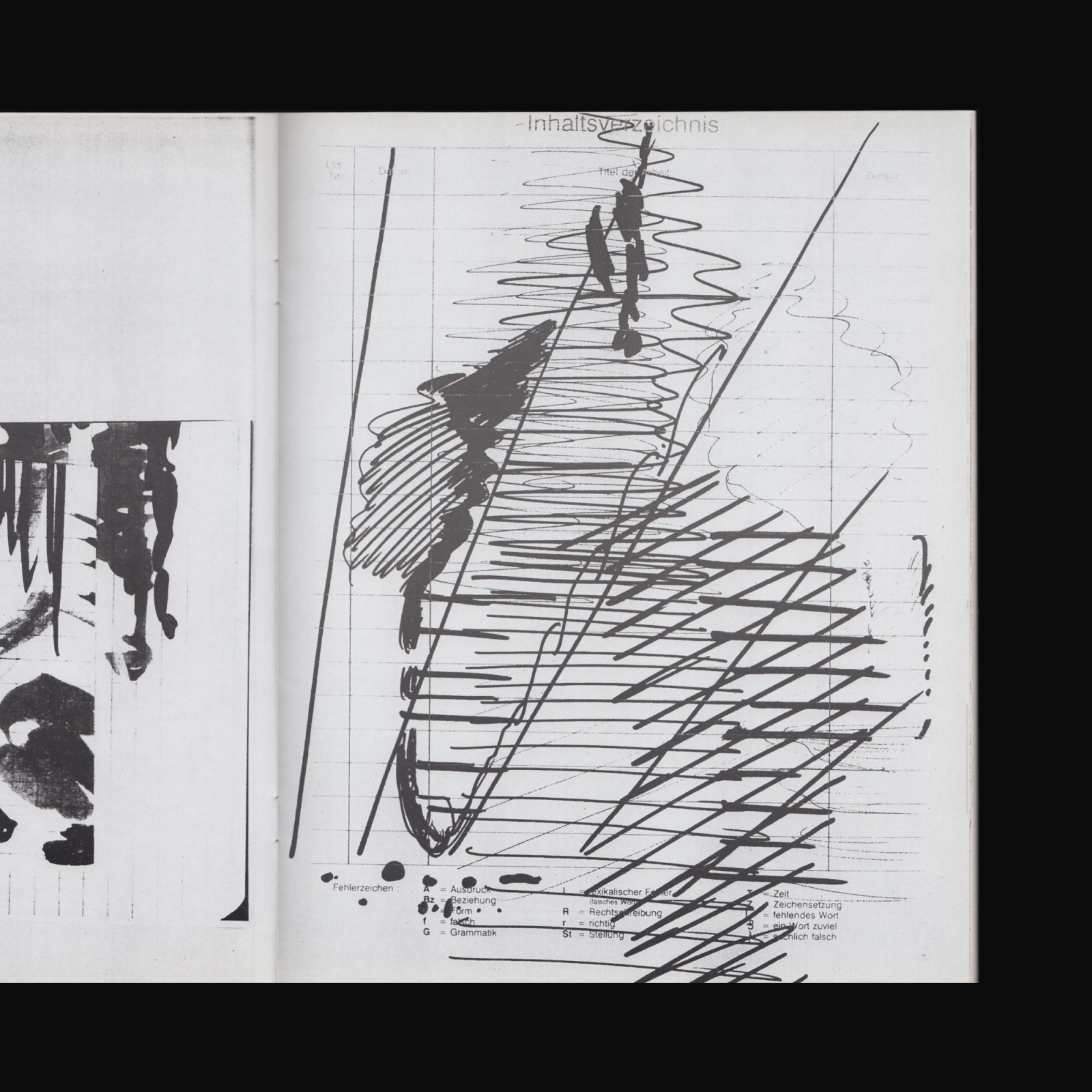
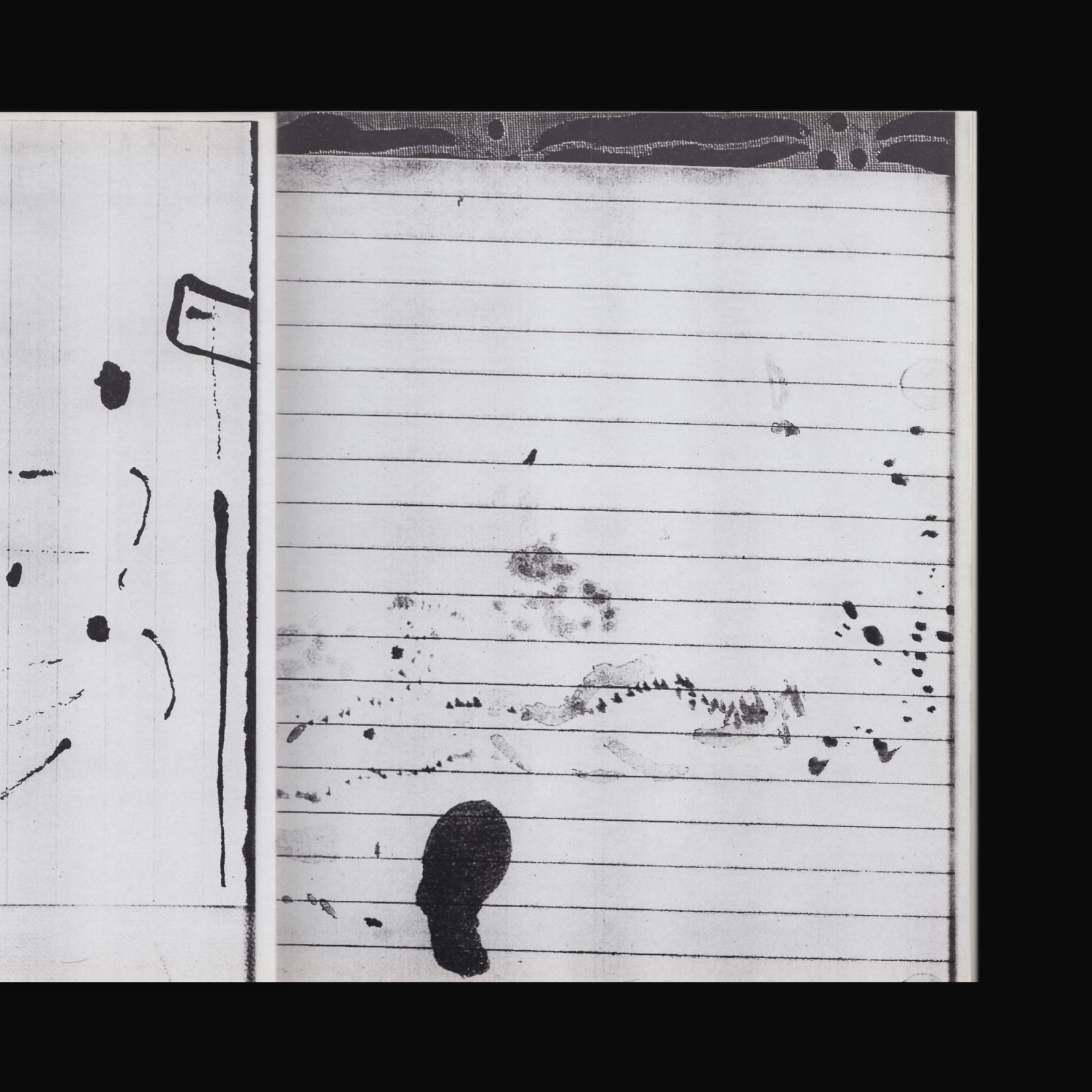
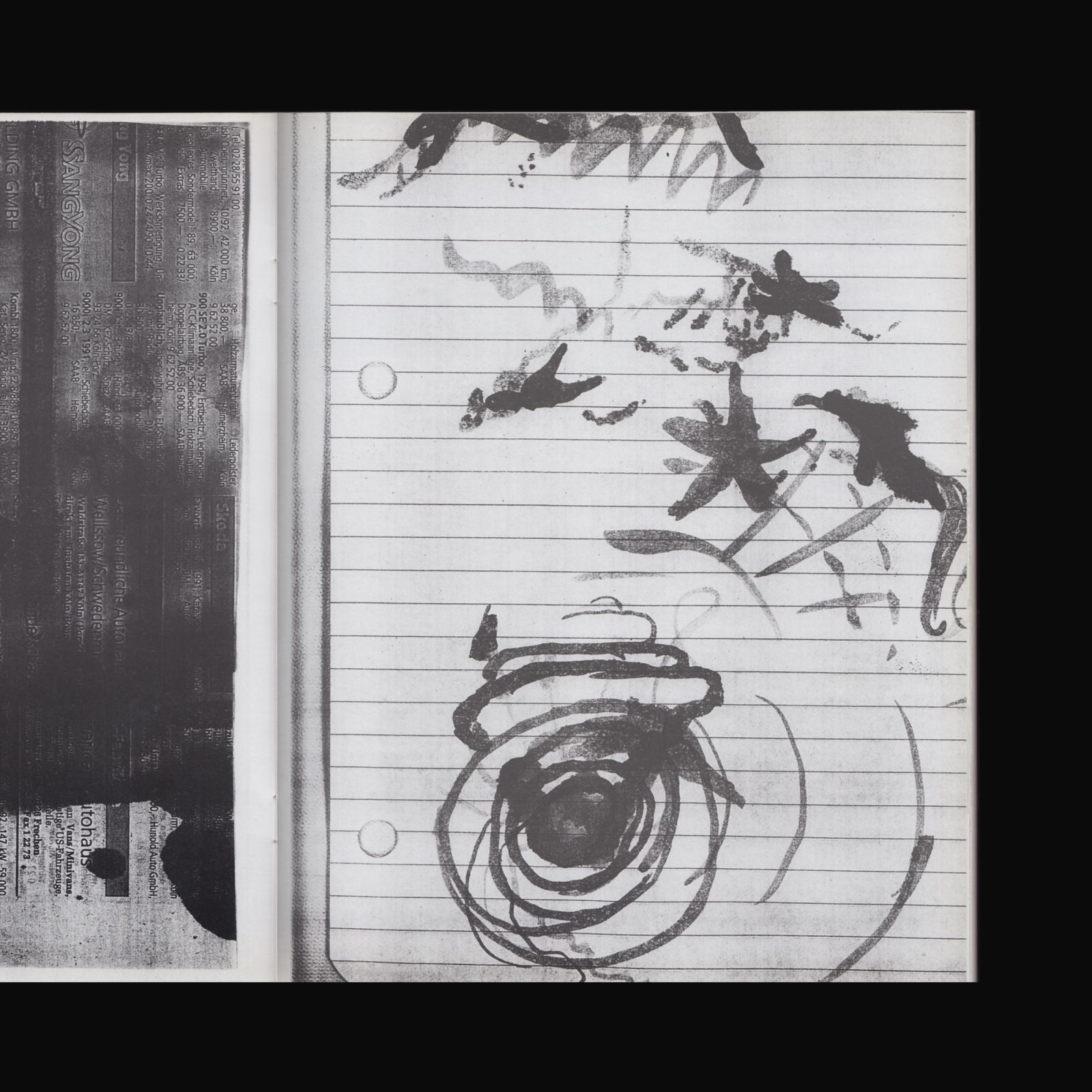
Catalogue produced on the occasion of Michael Krebber’s exhibition at the Villa Arson, Nice, 28 March–18 May, 1997.


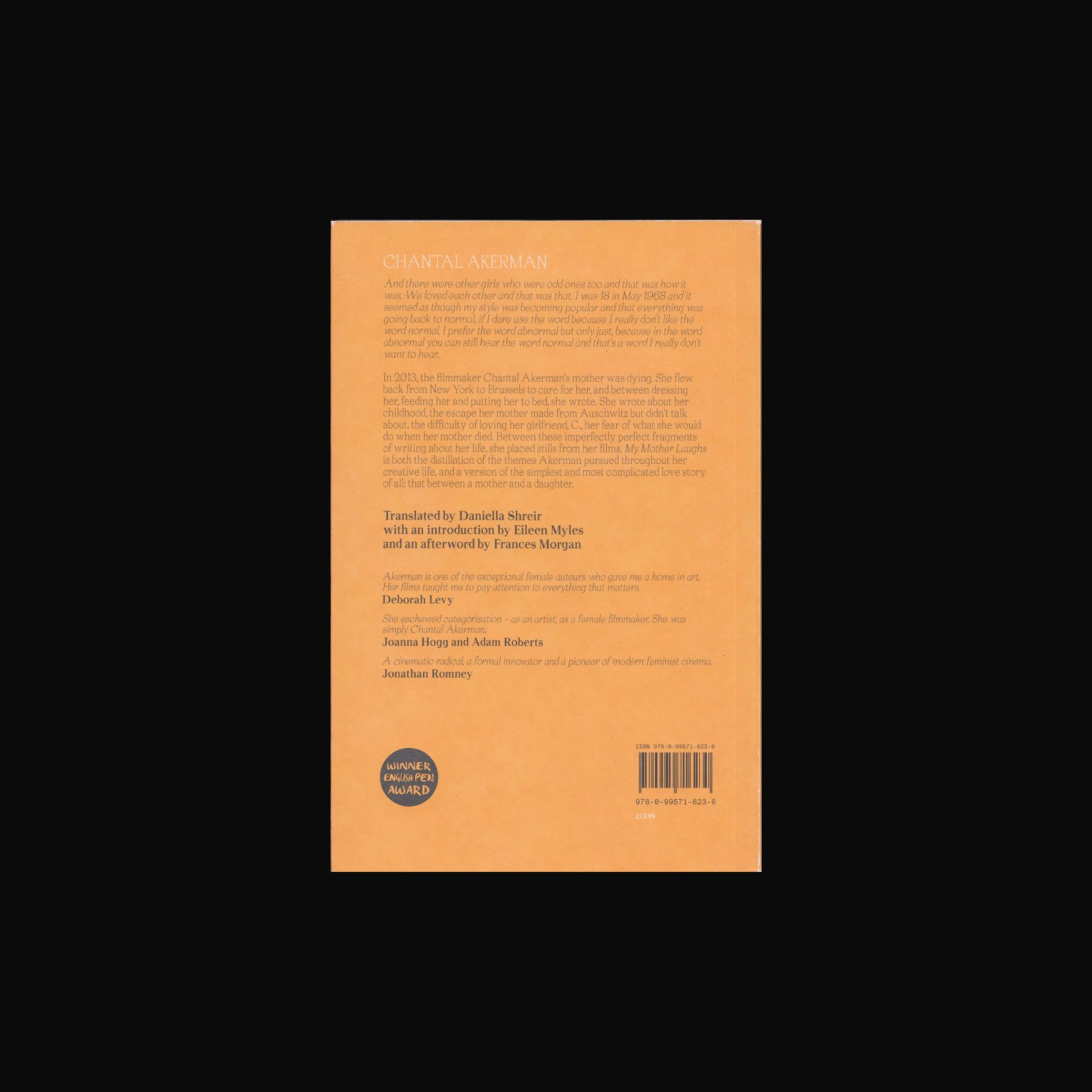
In 2013, the filmmaker Chantal Akerman’s mother was dying. She flew back from New York to Brussels to care for her, and between dressing her, feeding her and putting her to bed, she wrote. She wrote about her childhood, the escape her mother made from Auschwitz but didn’t talk about, the difficulty of loving her girlfriend, C., her fear of what she would do when her mother did die. Among these imperfectly perfect fragments of writing about her life, she placed stills from her films. My Mother Laughs is both the distillation of the themes Akerman pursued throughout her creative life, and a version of the simplest and most complicated love story of all: that between a mother and a daughter. With an introduction by Eileen Myles and an afterword by Frances Morgan.



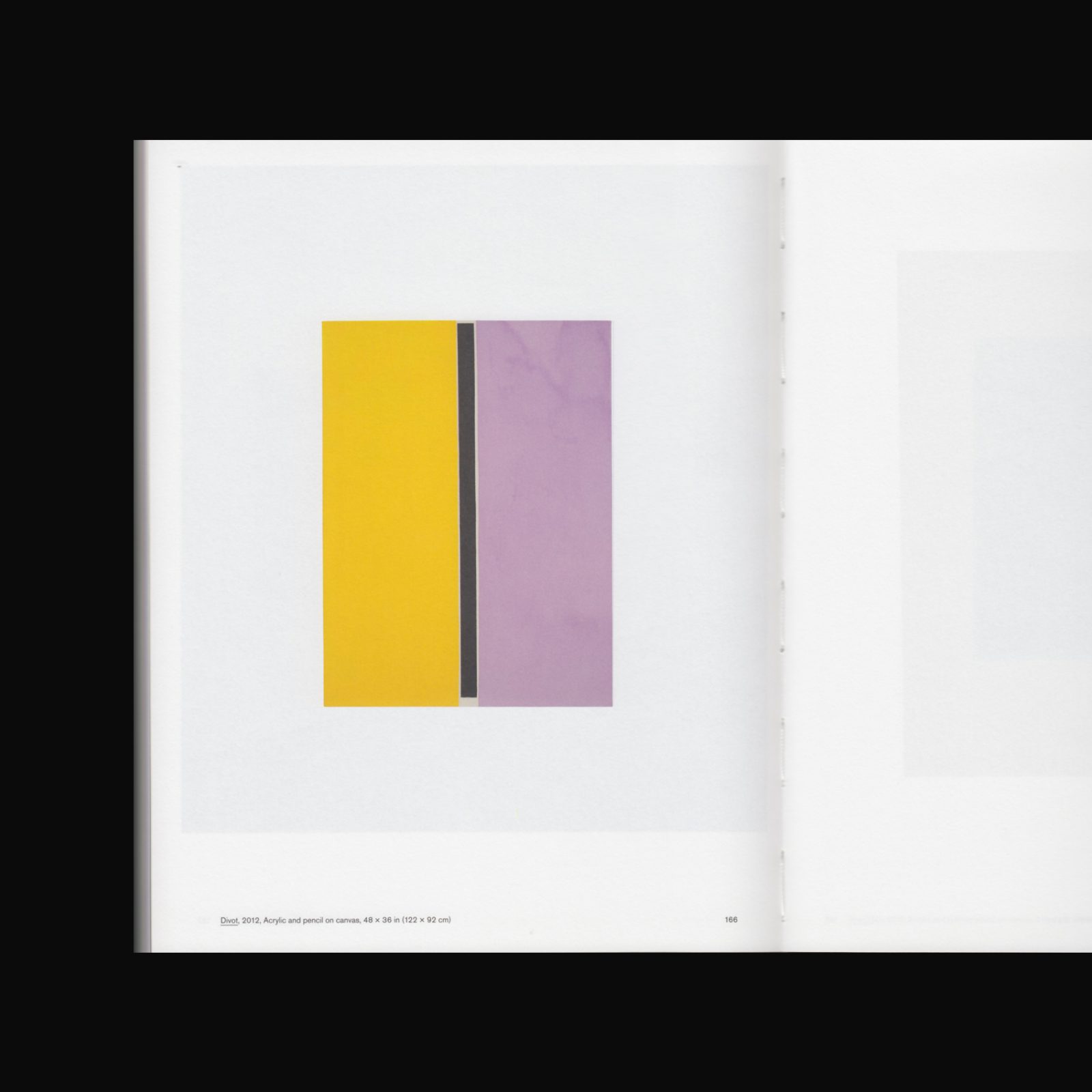
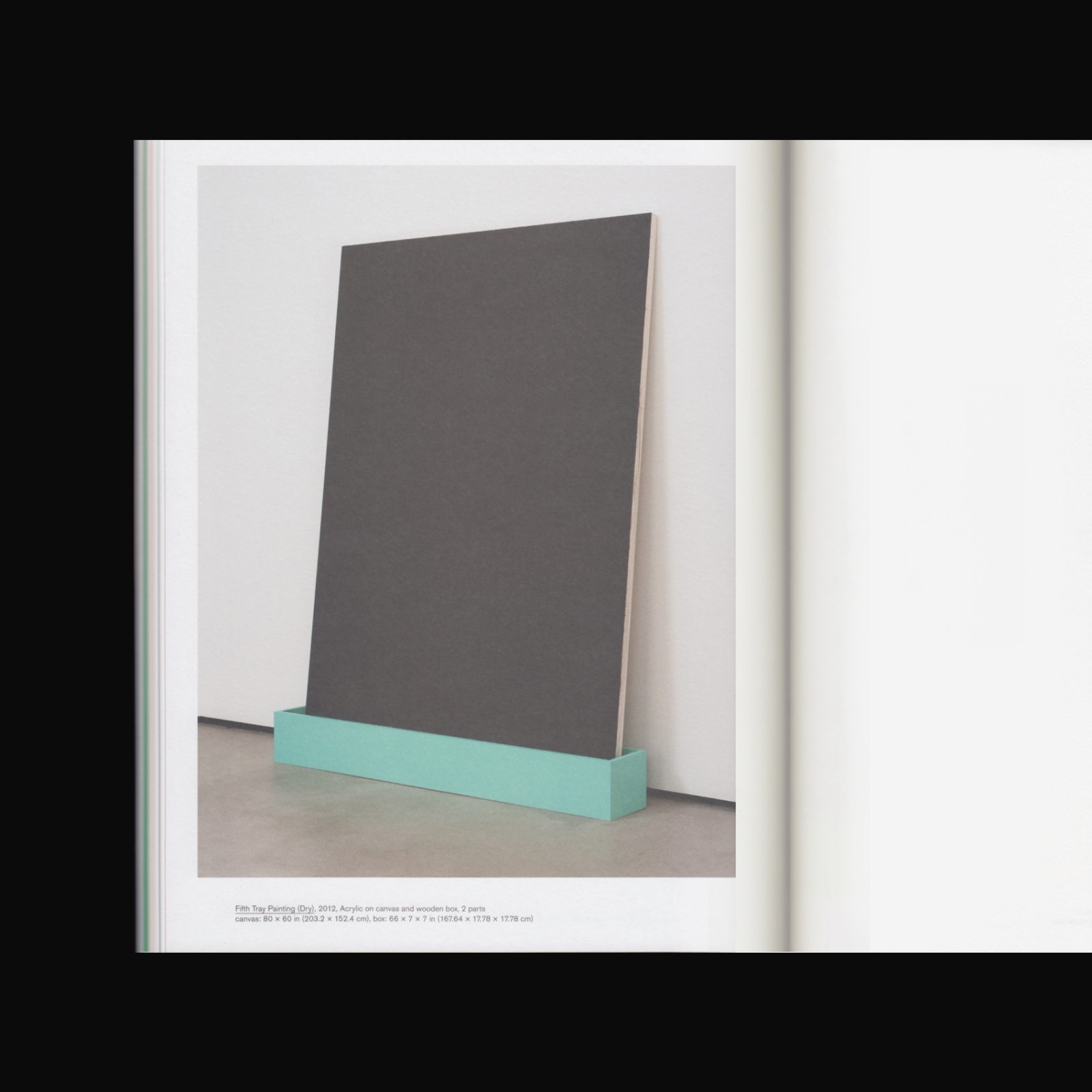
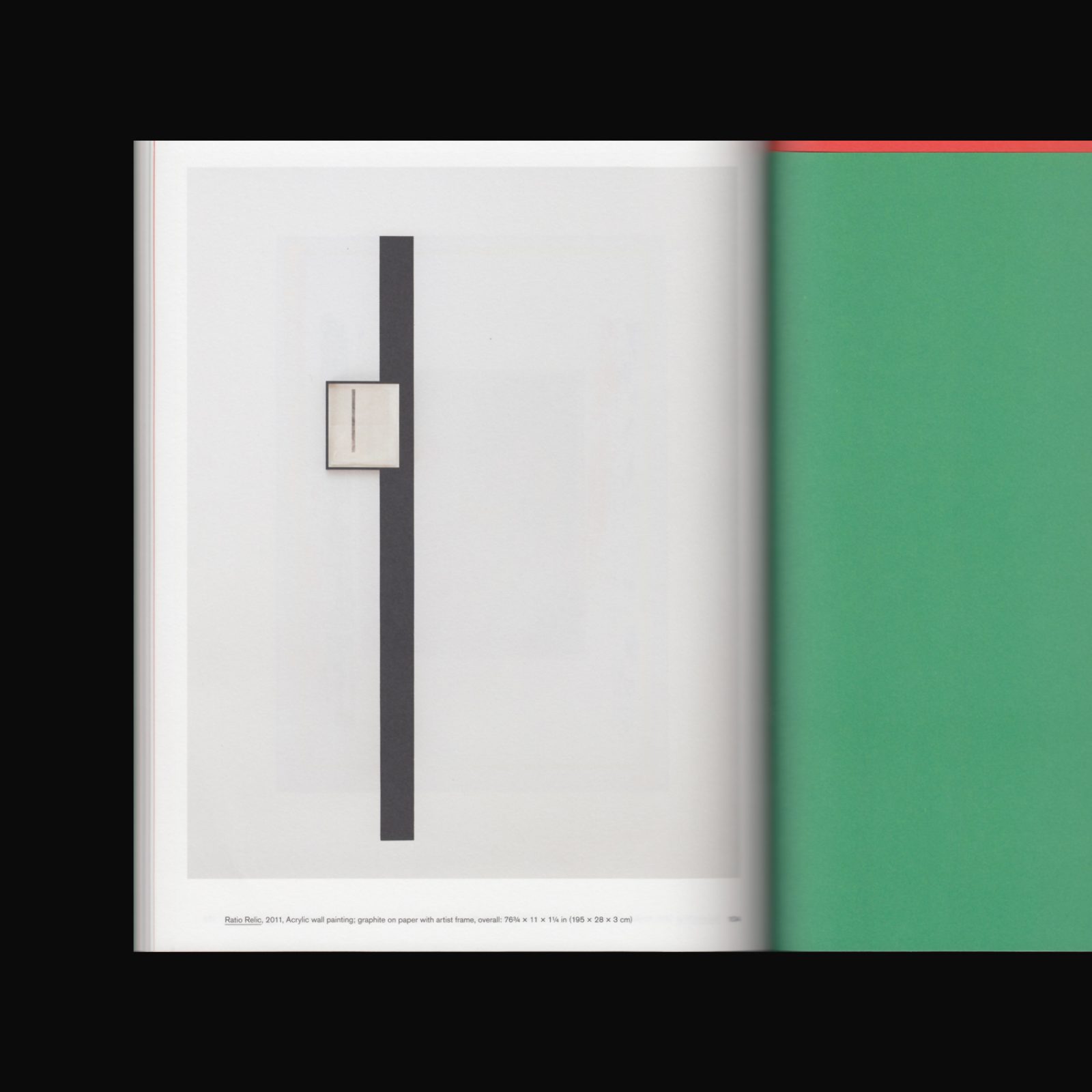
A Bell is a Cup was first published in 2012 to coincide with the exhibition “Impressionism” by Matt Connors, held at MoMA PS1, New York and in 2013 was awarded in the inaugural Most Beautiful Books—Australia & New Zealand (MBBANZ), nominated for Artist Book of the Year in Rob Pruitt’s Art Awards, and in 2014 received the Förderpreis in the Walter Tiemann Prize presented by Verein zur Förderung von Grafik und Buchkunst Leipzig.
The second edition is printed at 90% scale of the first edition, has sixteen new dust jacket/cover combinations and still includes texts by Peter Eleey, Michel Leiris, Gertrude Stein and Jack Spicer, alongside the first comprehensive gathering of Connors’ work to date (as of 2012).
Designed by Sinisa Mackovic & Robert Milne.